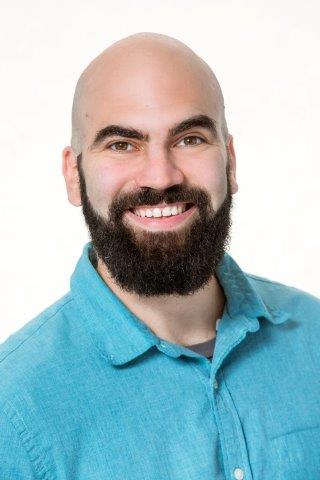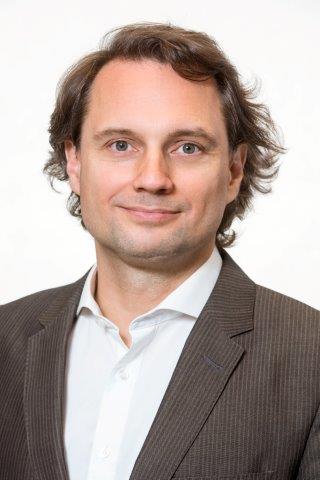EASY-RES
Project Description

The stability and security of the traditional electrical power system are largely based on the inherent properties of synchronous generators (SGs). Such properties are the grid-forming capability, the inertia, the damping of transients, and the provision of large currents during faults. The growing penetration of converter-interfaced (thus inertia-less) Distributed Renewable Energy Sources (DRES) will eventually replace dispatchable SGs and increase power volatility, causing large frequency deviations and voltage reg¬ulation problems. The previously proposed solutions to resolve this problem are an increase of SG spinning reserves, the grid reinforcement and the use of central electric energy storage systems, but these solutions have high cost and centralized approach.EASY-RES offer unified bottom-up approach and will develop novel control algorithms for all converter interfaced DRES, to enable them to operate similarly to conventional SGs, providing to the grid inertia, damping of transients, reactive power, fault ride through and fault-clearing capabilities, and adaptable response to primary and secondary frequency control. These new functionalities will be transparent to all grid voltage levels.
Project Objectives
The key objectives of this project are to increase the robustness of the power system towards abrupt frequency changes by introducing virtual inertia and damping in DRES. Contribute to the stability of the grid by providing frequency-dependent active power. Increase the renewable energy penetration levels at both LV and medium voltage (MV) level, while avoiding investments for grid reinforcement. Make the RES more grid-friendly by i) reducing the short-term electric power fluctuations at both DRES and HV/MV substation level and ii) introducing active harmonics filtering to each DRES converter. Preserve the long-term grid security even under very large DRES penetration, by reducing reserve requirements after fault recovery. Develop viable business models for all the stakeholders by (i) proposing new metrics for the quantification of the various AS and (ii) evaluating the economic cost and benefit of all the developed AS.
TU Delft Contributions
TU Delft contribution in this project is evaluation of the ad-hoc KPIs, performed by simulations of various DRES types and penetration levels. The time-domain or frequency domain distribution-network simulation evaluation with widely used platforms like PSS/E, DigSILENT, Psim, Neplan.Testing of functionalities and technologies of all DRES converter in RTDS (Real Time Digital Power System Simulator) with HIL (Hardware In Loop): i. Adaptable inertial response. ii. Adaptable PFR(Primary Frequency Response). iii. Response to various types of faults and ability to follow the FRT (fault-ride-through)curves. iv. High-frequency power smoothing for DRES converters. v. Low-frequency power smoothing for BESS (Battery Energy Storage Systems). vi. Controllable reactive power exchange.vii. Verification of relative converter efficiency degradation due to reactive power exchange. viii. Controllable active harmonic filtering. ix. Recording and quantification methodologies of the various developed AS.
Project Partners

The EASY-RES consortium consists of 5 universities, 1 industrial SME, 3 DSOs, 1 TSO and 1 SME acting as dissemination and exploitation manager. More details about the EASY-RES project you can find on the official project webpage.
Project Team:

U. Mushtaq
Umer Mushtaq is a Ph.D. candidate at TU Delft. He received B.Sc. degree in Electrical and Electronic Engineering from the University of Engineering and Technology Lahore, Pakistan. He worked three years in Fatima Group LTD as project and design engineer. In September 2013, he was awarded an Erasmus Mundus joint Master Degree Scholarship from EACEA European Union (Education, Audiovisual and Culture Executive Agency). He has a master degree in Sustainable Transportation and Electrical Power Systems. During this prestigious, integrated and international master degree programme, he studied at the University of Oviedo Spain (Program Coordinator), the Polytechnic Institute of Coimbra Portugal and the University of Nottingham UK.
In his master degree thesis at the University of Oviedo Spain, he designed, developed and tested a prototype of Hybrid Reactive Power Compensation System (Hybrid-STATCOM) for low voltage applications with OPAL RT hardware in the loop system. Prior to his Ph.D. position, he worked at Grupo ISASTUR S.A Spain as design and commissioning engineer on electrical and instrumentation project of Skangas Oy LNG Terminal at Pori Finland.

